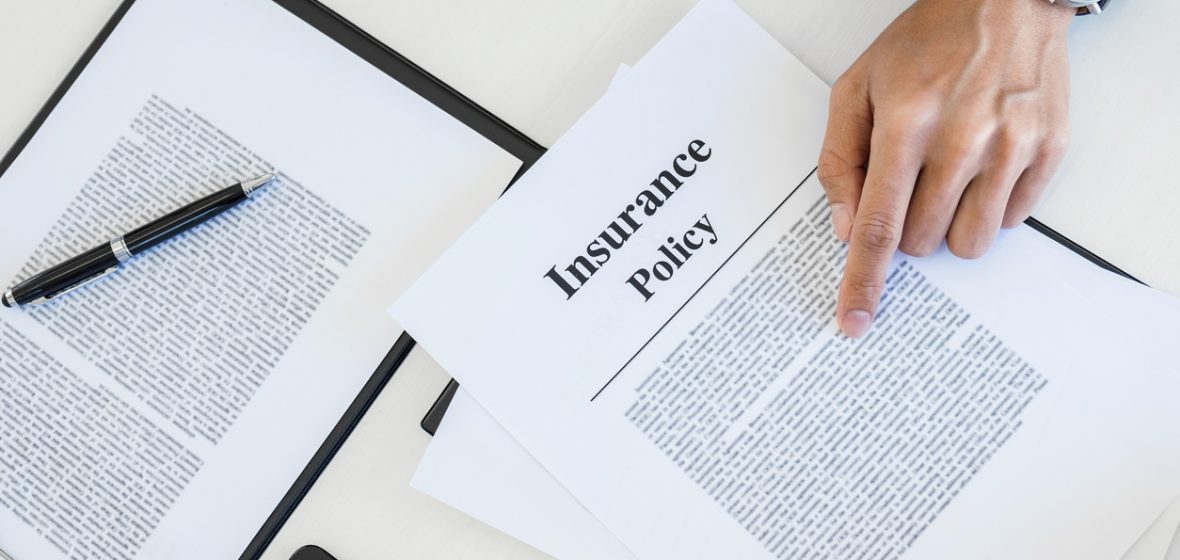Snapshot
- Solicitors are increasingly considering employment as ‘consultants’.
- However this title is not actually recognised under the Legal Profession Uniform Law, nor is it defined for insurance purposes.
- This article, and the related article from the Law Society’s Professional Support Unit below, explain the relevant practising certificate and professional indemnity insurance considerations.
Just as the term ‘consultant’ is not defined under the Uniform Law, it is also not defined for insurance purposes. If you are a consultant to a law practice, then for insurance purposes the critical question is whether you are an employee or an independent contractor. The answer to that question will determine whether you are covered by the law practice’s insurance.
Under whose professional indemnity insurance are you covered?
Principals and employees of a law practice are covered by the practice’s Professional Indemnity Insurance (‘PII’) policy. Lawcover PII policy 2019/20, cl 44 (d) defines an employee as ‘a person who, at any time, is or was:
- employed or similarly engaged in law practice (such as a solicitor, lawyer, articled clerk, paralegal, overseas qualified legal practitioner, special counsel, office or clerical staff); or
- seconded to work in the law practice or seconded by the law practice to work elsewhere;
- a lawyer engaged by the law practice as a locum on a short term or fixed term basis;
but does not mean any independent contractor who provides legal or other services (such as auditing, advisory or consulting) to the law practice or to its clients’.
While it is usually clear whether a person is employed by a law practice or is an independent contractor, there are some consultancy and other contractual arrangements between individuals and law practices which may be more difficult to categorise.




